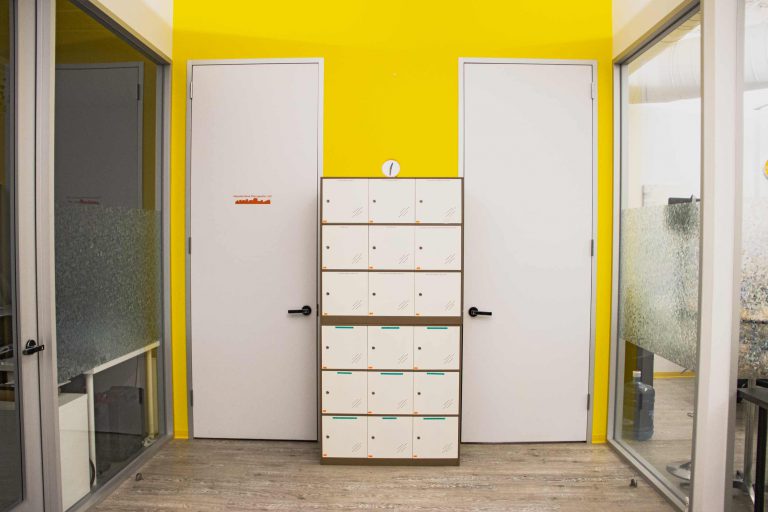The virtual office is a concept that has been around for a few years now, but it’s only in the last couple of years that it has started to gain traction. A virtual office is a physical space solely to conduct business online. There are no brick-and-mortar offices, desks, conference rooms, or water coolers. You need an internet connection and a computer, and you’re good to go.
The appeal of a virtual office is obvious.
It cuts down on costs associated with maintaining a physical space for businesses.
For employees, it offers the opportunity to work from anywhere in the world. For everyone involved, it helps to reduce our carbon footprint.
While the concept of a virtual office is not new, the COVID-19 pandemic has pushed it to the forefront as more and more businesses are forced to close their doors and send their employees home to work remotely. And while there are plenty of advantages to working remotely, there are also some challenges that come along with it.
For example, without a physical space to go to, it can be difficult to separate work and home life. This can lead to burnout as employees work longer hours and take less time. Additionally, without the structure and supervision of an office environment, some employees may find themselves slacking off or not being as productive as they could be.
There are solutions to these challenges, of course. For example, employees can set up a dedicated workspace in their homes so they can mentally “clock out” at the end of the day. Businesses can provide employees with the tools and resources they need to stay productive (e.g., project management software, time tracking apps, etc.). But even with these solutions, some aspects of working in an office cannot be replicated virtually.




